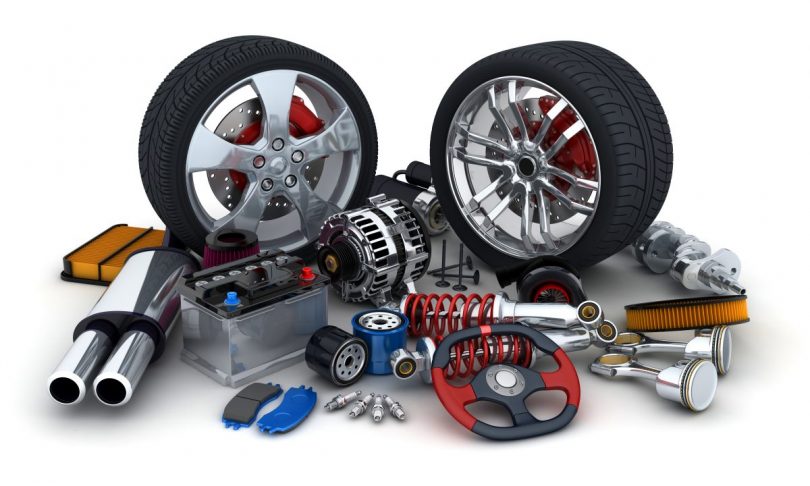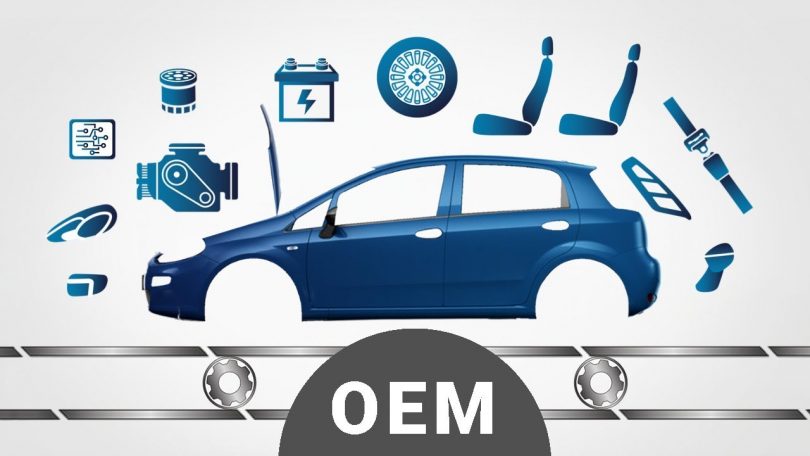 |
Drivers who love their cars want the best parts they can afford, but does that have to mean spending more for Original Equipment Manufacturer (OEM) parts? Many drivers assume it does, but they’re simplifying a complicated situation. Read on to find out about three pros and cons of buying OEM car parts to find out whether it’s really worth the money and what it takes to find high-quality parts at reasonable prices. You can even consider buying the auto parts online as you can compare the prices before buying them. One of the best websites is Parts Avatar. They operate in Canada and have a wide selection of auto parts, body parts, performance accessories & repair tools that you might ever need for your car
1. Pro: It’s Easy to Choose Parts

Source: omegalion.rs
When drivers purchase parts for their cars at a dealership, they won’t have many options to consider. That means there’s no need to assess and compare the quality of different brands, but it also means drivers can’t shop around, which can be problematic for those working on a budget. Budget-conscious drivers can often find the used OEM parts they need for less by visiting Sir Car Part.
2. Pro: Greater Assurance of Quality
Not all aftermarket parts are made equal, so it can be hard for uninformed drivers to find quality parts. OEM parts will be identical to those that came with the car, which means drivers will know exactly what they’re getting. Drivers who aren’t familiar with aftermarket parts manufacturers may find that this is easier than shopping around since there’s no chance of purchasing sub-par products.
3. Pro: Warranty Protection

Source: endurancewarranty.com
When drivers buy OEM parts from their vehicles’ manufacturers, they usually come with a one-year warranty. Those who entrust repairs to the dealership can also take advantage of labor warranties. Installing aftermarket parts can void warranties if defective or improperly installed parts cause damage to other covered components.
1. Con: They’re More Expensive
Drivers who head to the dealership to purchase OEM parts should expect to pay substantially more money for them than they would when buying aftermarket parts. In fact, they should expect to pay around 60% more. While that may be a worthwhile sacrifice for car enthusiasts, it’s usually not worth it for the average driver to pay that much more for OEM parts.
2. Con: Limited Purchase Options

Source: youtube.com
Most drivers who opt for buying OEM parts purchase them at the dealership, where they are most expensive. Both OEM and aftermarket parts are also available online, but it’s easier to source aftermarket parts than it is those produced by vehicle manufacturers, which limits the number of places where drivers can purchase OEM parts. It also makes it more difficult for those who use private mechanics to have work done on their cars since the mechanics will need to order the parts and wait until they arrive to complete the repairs.
3. Con: Quality May Not Be Any Different
Many drivers assume that OEM parts are always of a higher quality than aftermarket parts, but that isn’t always the case. Some aftermarket parts are equal to, or even better than, OEM parts in terms of performance and longevity. It takes some extra research to figure out when this is the case, but for those who aren’t interested in paying a 60% markup just for a brand name, it’s worth doing some research.
The Bottom Line
OEM parts aren’t always better than aftermarket parts, but they’re almost always more expensive. The exception to the rule is used OEM parts like engines and transmissions. Used or refurbished OEM engines, transmissions, and other major components almost always offer a better value for the money.




